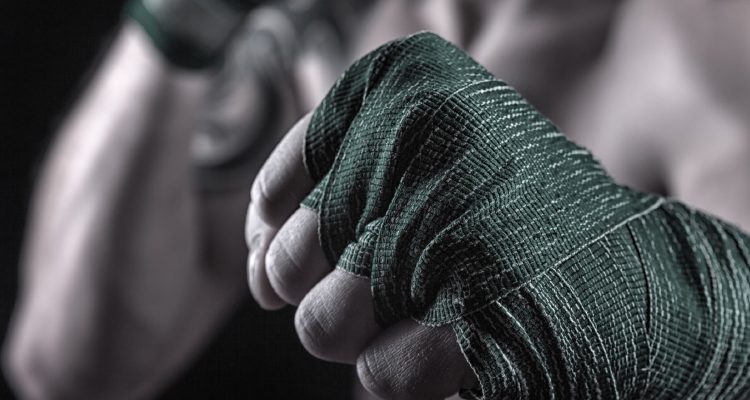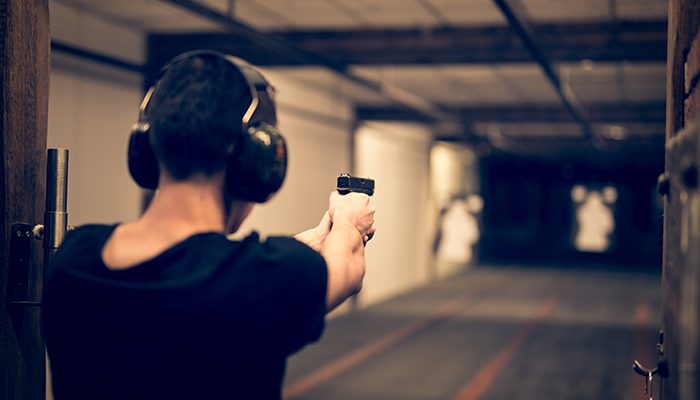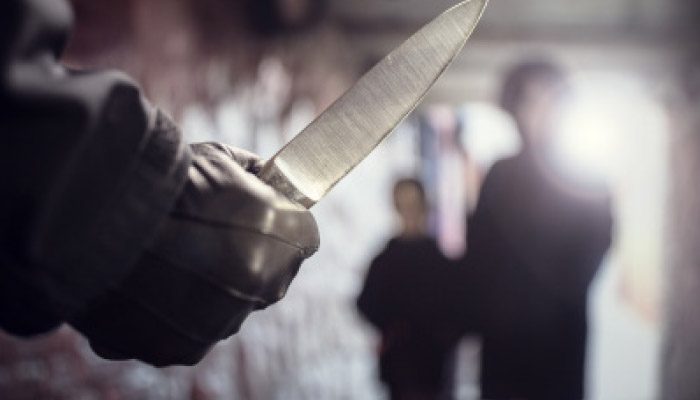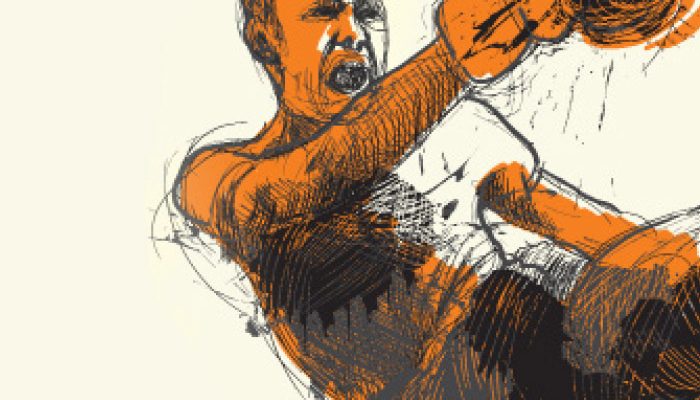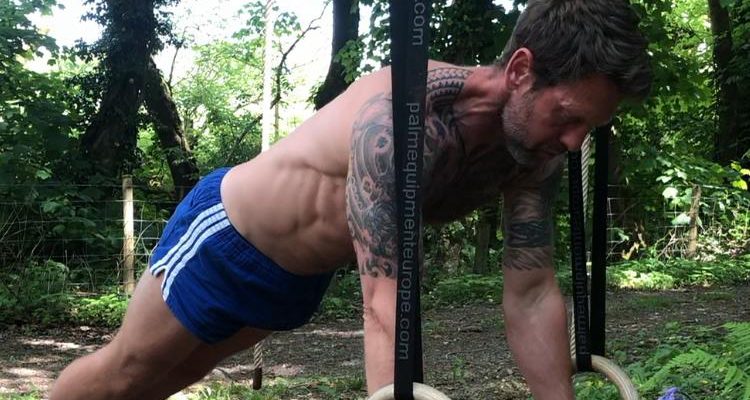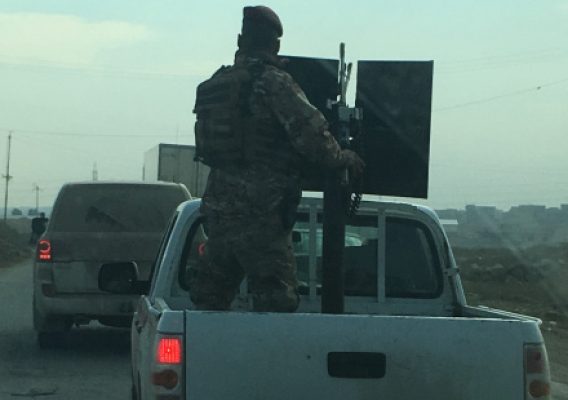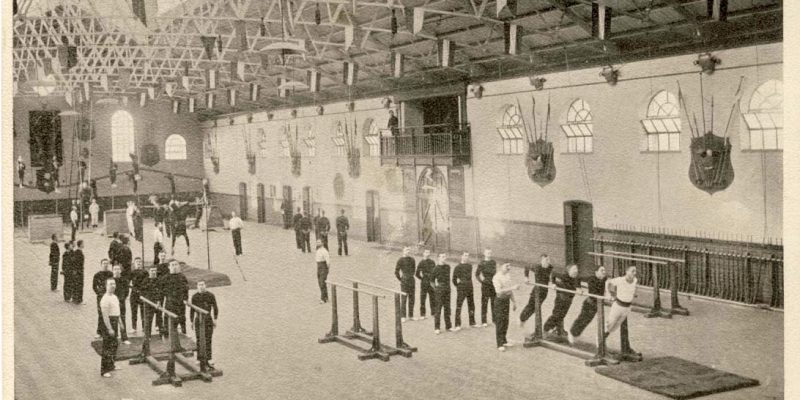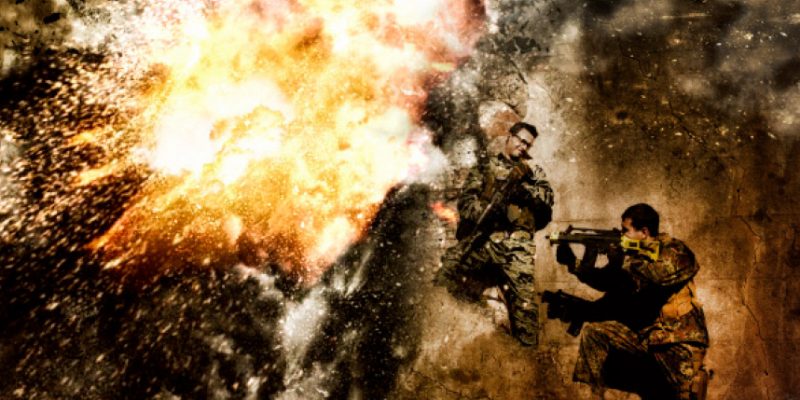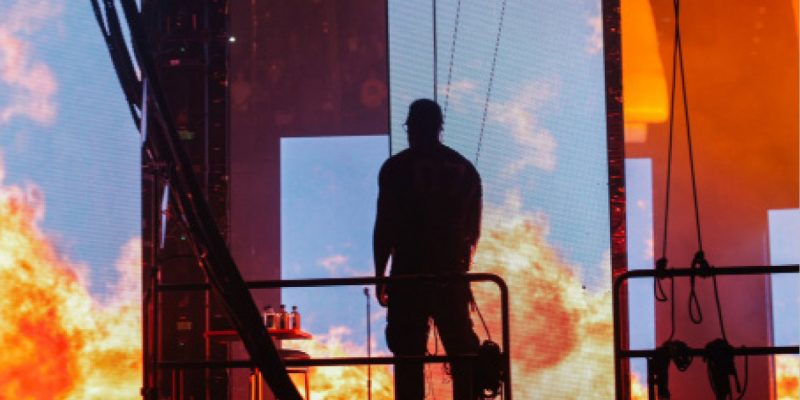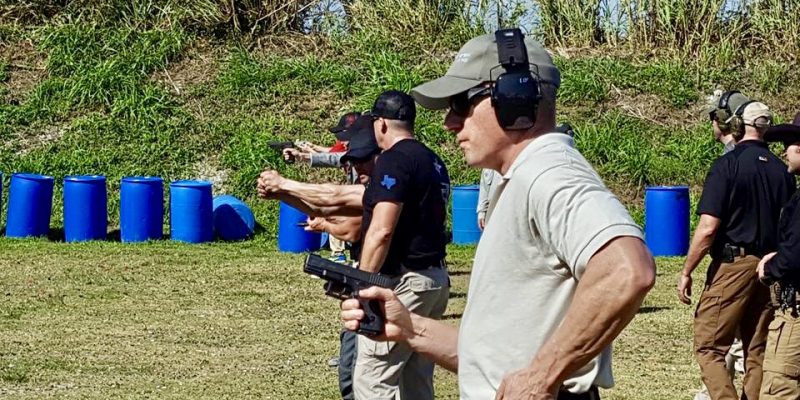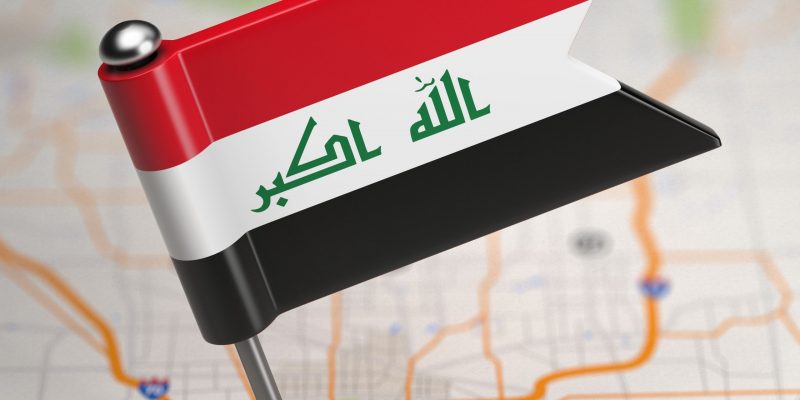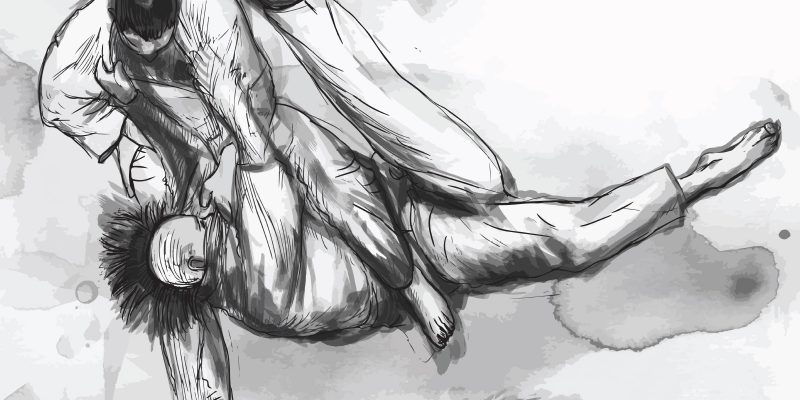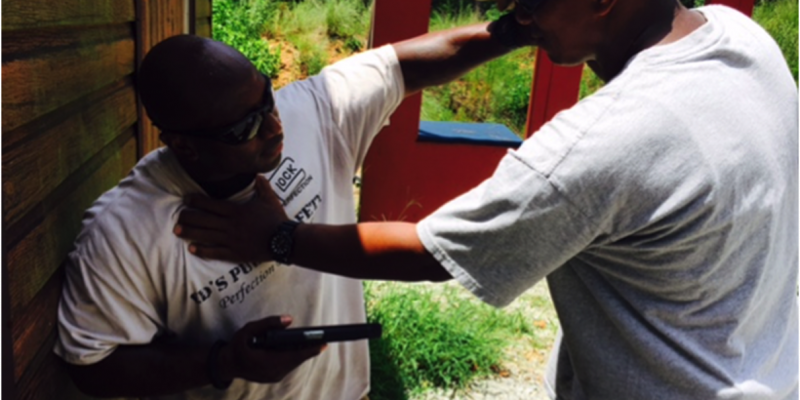Although prevention is the primary goal, there are times where proactive, effective physical intervention may be required. This is not to be confused with arrest and control techniques used in other related security fields. Those techniques have merit, but the goal of this article is to highlight combat principles agents can apply when cover and evacuation is not an option, and the threat is imminent.
Zelenskiy Denies Ukraine’s Involvement in Alleged Kremlin Drone Attack
Ukrainian President Volodymyr Zelenskiy has refuted Russia’s claims that Ukraine was involved in a drone attack on the Kremlin, which was allegedly aimed at killing Russian President Vladimir Putin. Zelenskiy stated that Ukraine fights and defends its territory, not attacking Putin or Moscow. The Kremlin reported that two drones were used in the attack but were disabled by Russian defenses.
Training for When Time is Life
The 21-foot rule has long been an established firearm training standard. Simply put, it means an average man can close 21feet in 1.5 seconds, as we look at the below data of attacks on law enforcement officers the previous standard far from reflects the reality of the dynamic encounters in both distance and timing in enhancing your ability to prevail in a violent close quarter firearm encounter.
Gap Training, What Most Practitioners Overlook
With 30 years of experience as a sailor, soldier, police officer/EMT, and security provider and trainer I have come up with some pretty clear ideas about what medical first response is for the average security provider. This is not meant to deter anyone from obtaining their EMT or Paramedic certifications or from persons with higher levels of training from providing that service.
Fit for Purpose A history of military physical training
Organised physical exercise can be traced far back to ancient Greek times, where it was viewed that it should be both an integral part of an individual’s responsibility and civic duty to maintain health.
The Impact of Street Crime on the Security Professional
Did you know: Historically, street crime increases, proportionately, with population growth? Crime in England is accelerating, and according to police figures, the London murder rate has now surpassed that of New York for the first time in modern history. Not only does this place the general public at risk but arguably, it exposes the front-line security operator to even greater danger.
The Future of Self Defence Training
Consider this, when broken down to its most basic components, the vast majority of traditional self-defence courses only teach defensive responses to an attack once it has begun.
I am of the opinion that’s not only a bit late, it’s also certainly not enough to survive a Mass Casualty Event in these days and times. In light of that, I have found that Reality-Based Self Defence (RBSD) systems take things a bit further by teaching pre-fight tactics such as: creating safe distance; using non-aggressive body language; reading pre-fight indicators; and applying verbal de-escalation techniques. Yet all of that is still not enough to effectively survive a terrorist attack in a public space, especially if you’re with family or friends.
Fit for Purpose – More than just a workout
The “workout” is only a part of the overall Physical Fitness picture. Give or take 8 hours a day for sleeping, that leaves 16 waking hours that require physical activity. I use the word “require” because if we want to stay active for the long game, then it really isn’t an option and it must be a priority. This is where I feel the missing link is for most people, a basic understanding of true Physical Fitness and how to apply it to everyday living without just viewing it as a workout period.
On the Ground in Iraq – A Medics Experience
In the early days of ‘private contractor’ work in Iraq following the end of the war in 2003, medics were generally unregulated and unregistered, most being ex RMAs (now CMT1s) who had left the military and qualified as HSE Offshore Medics. Some had not done any ‘civilian’ courses but were hired on the strength of their military qualifications and experience; the guys would generally operate as firstly a PSD team member/operator, and secondly as a team medic. In those days the drugs and equipment carried by the medics was very limited; generally, FFDs, quick clot, blast bandages and if you were lucky some morphine auto injectors, Paracetamol and Ibuprofen.
Training for Tactical Shooting
Handguns are meant for close-quarter shooting. Think about it; if someone is going to attack, kidnap or rob you on the street, they are going to be close, within conversational range. Now, look around your home or business and see what the maximum distance is that you would have a clear shot at a criminal or terrorist, for most this will be less than 10 yards/meters. This places emphasis on close quarter instinctive shooting over precision target shooting. As part of your training practice for long distance shoots (for handguns, this means over 25 yards), you should try hitting targets out to and over 100 yards. This will improve your handgun skills and show you your capabilities and limitations, but the emphasis should be on close quarter instinctive shooting.
The Practical Application of Military Physical Training
If you take the four areas that are part of the traditional military model: gymnastics/calisthenics (bodyweight exercise), outdoor obstacle courses (moving efficiently through a range of environments), combat sports (boxing, grappling etc), speed marching (bipedal locomotion); these intrinsically include the main focus physical qualities: mobility, strength, reaction speed, coordination, balance and cardiorespiratory function. If these areas are incorporated into a physical fitness programme, treated as a skill and kept in the majority at a low/medium intensity with bouts of high intensity, the result will be a well-rounded human capable of thriving in the diversities of the modern life.
Tactical Vs Tacticool
The ‘tactical culture’ had flourished over the last few years, mainly due to the proliferation of video cameras and increasing engagement with social media platforms, which I believe is causing the lines between reality and the ‘tacticool’ entertainment world to become very, very blurred…
It takes very little these days to be a part of the tactical sub-culture that is trending, here’s how to do it. Simply, purchase a gun, where legal, get your hands on some tactical clothing, buy a bunch of ‘black op’ accessories, plug into ‘Soldier of Fortune’ social-media channels and perhaps even take some no-fail tactical training courses, then after a few months, hey presto, you’re an expert! Whereas, in the good old days, the only option, if you wanted this lifestyle, was to join the military – preferably the Infantry!
Keeping Your Edge – Measured Responses in Tour Security (Part I)
Spend any significant amount of time providing protection for entertainers involved with stage performances, and you will likely encounter one of this segment of the industry’s biggest headaches, the stage crasher.
The motivation for these individuals comes in various forms, some are “super fans” who see getting on the stage with the celebrity as the ultimate form of expression of their loyalty and support. They often refer to it as a once-in-a-lifetime opportunity, and despite common sense, the threat of ejection, arrest, or sometimes worse, they still needed to make the attempt.
Gap Training – What Most Practitioners Overlook
Many industry practitioners understand and embrace that continuing education is a necessity in a highly competitive, rapidly evolving industry such as protective services. Yet, there is a commonly overlooked issue which leaves gaps for most. When selecting training, do you find trendy topics, or do you train to fill your gaps?
Yet, there is a commonly overlooked issue which leaves gaps for most. When selecting training, do you find trendy topics, or do you train to fill your gaps?
Should protection officers be trained in unarmed combat?
Protection officers worldwide who have extensive unarmed combat training will unreservedly answer this question with; “Of course!! How can a protection officer not have any self-defense or unarmed combat training! How can a protection officer not know how to physically protect?”
Stress and Self Care
Research by the American Psychological Association indicates that as many as 75-80 percent of Americans self-report their stress to be at moderate to high levels. Stress can come in many forms, and sometimes we may not even notice or seem bothered by it. So what constitutes stress? The normal daily routine of work or home responsibilities can cause stress, as can experiencing a sudden major life-altering event, such as losing a job, dealing with sudden loss, or a prolonged illness.
Security in New Zealand
Your high profile principle has decided to come to NZ. The first thing that will hit the close protection officer is the Maori culture. A member of the local Iwi (tribe) will be responsible for explaining to your client the local customs, but the close protection officer will still see threats.
Airbourne IEDS
Shiite extremists remaining in Baghdad have added a relatively new weapon to their arsenal in the fight against U.S. forces, one with more destructive power than most of the usual improvised explosive devices planted along city thoroughfares – the improvised rocket-assisted mortar.
Utility of Force
Physical violence is a fact of life. Those of us involved in the security industry are in the front of the queue when it comes to people wishing to cause us harm. It is right that we are held to account and it is right that we are taught and encouraged to use de-escalation techniques, but at the moment we and those we are dealing with are in greater danger than need be because the training is inadequate.
A is for Appendix Carry
Firearms still have a role even in the world of private security. A tool we hope we never have to call upon but is there if needed.
